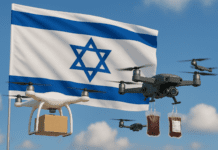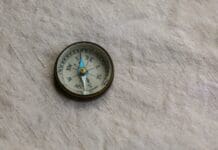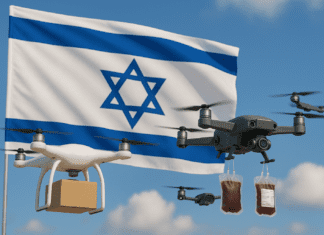This post is also available in:
 עברית (Hebrew)
עברית (Hebrew)
The advancement of embedded technologies is driving a rapid growth of sensing technologies that can yield data from citywide deployments for monitoring, modeling, and understanding urban activities. U.S. military researchers in DARPA, the Defense Advanced Research Projects Agency are approaching industry for new kinds of cooperating sensors to improve urban sensing capabilities for monitoring city traffic flow, crowd management, public safety monitoring, resource use, and environmental protection. DARPA recently issued a request for information on these new urban sensing technologies.
According to militaryaerospace.com, the researchers are interested in sensor capabilities, sensor packaging, unique and enabling sensor technologies, sensor technology maturity levels, concepts of operations, and system affordability for supporting urban sensing. Of particular interest are low-cost, miniaturized sensors and sensor-packaging designs, with technology maturity levels that could support fielded experimentations within the next one to two years.
According to the requirements, sensor technologies should have extended operation durations, and involve visual, acoustic, optical, radio-frequency, pressure, spectrum, and polarization sensors to capture previously untapped properties and characteristics of urban elements, including crowd, pedestrians, objects, and activities.
The agency expects responses from companies, universities, non-profit research centers, U.S. government laboratories, foreign entities, and individuals.


























